A day in the life of our onsite manager
Our Business and Infrastructure Services team lead the day-to-day property management at Ginninderra. Our onsite manager works closely with our research team and conservation partners to manage and maintain the property.
In this update, we share more about the role of our onsite manager including the projects they support, ongoing site maintenance and some of their day-to-day highlights and challenges working with the site’s flora and fauna.
Maintenance and monitoring in high value conservation areas
Our onsite manager noticed that one of the Little Eagles (Hieraaetus morphnoides) was visiting the site in August. It is the female Little Eagle known as V4 which has a tracker fitted. It is light in colour with white on the underside of its wings. This monitoring is ongoing and very enjoyable to take part in. You can read our latest Little Eagle update to find out more about their recent movements.
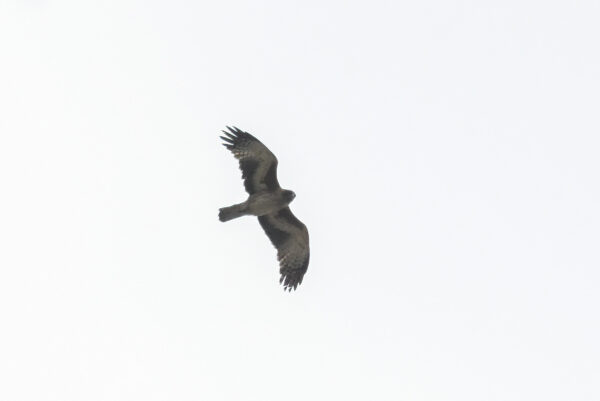
A female Little Eagle known as V4 flying over Ginninderra in August 2022 .
Following the heavy rainfall this year, soil moisture is at capacity and the conservation areas are doing well as a result. We’re expecting good spring growth.
The sheep at Ginninderra are a mix of Merino and crossbred ewes and play a key role in managing the conservation areas. They are used for pulse grazing over the autumn to reduce bulk biomass and open the conservation areas up for new growth. This helps to manage fire risk.
The Box Gum Grassy Woodland and Mongarlowe Mallee conservation and planting areas are fenced off to limit access by livestock and kangaroos. The fences are maintained through regular inspections and carrying out repairs when needed. We have roof tiles placed around Ginninderra to provide protection and shelter for Striped Legless Lizards (Delma impar). These occasionally need to be restacked after livestock or wildlife have been in the paddock.
Grassland restoration project run by the Ginninderra Catchment Group
This project is working to determine best-practice management regimes for restoring ecological conditions of remnant native grasslands in urban environments. Dr Ken Hodgkinson, Honorary Research Fellow with CSIRO Land and Water, is coordinating this research.
These trials have four management treatments – low or high mow in November, biennial spring burn, biennial autumn burn and a control. Our onsite manager’s contribution is to mow or slash plots and the fire breaks around them every three months. They also coordinate with Ken, CSIRO ecologists and the Rural Fire Brigades when burns are conducted to manage weed control.
The last 15 months have been a challenge with the La Nina weather pattern. Vehicle access has been limited at times due to flooding and muddy ground.
Weed management
To help prevent weeds, biosecurity plans are implemented for visitors, contractors, vehicles, wildlife and livestock to eliminate seeds and pests being brought in. Weed management is especially important in the conservation areas.
Inspecting the boundary fences and maintaining them to prevent unauthorised entry to the site also assists with weed management.
Our onsite manager has shared some of more of their recent photographs from around Ginninderra below.
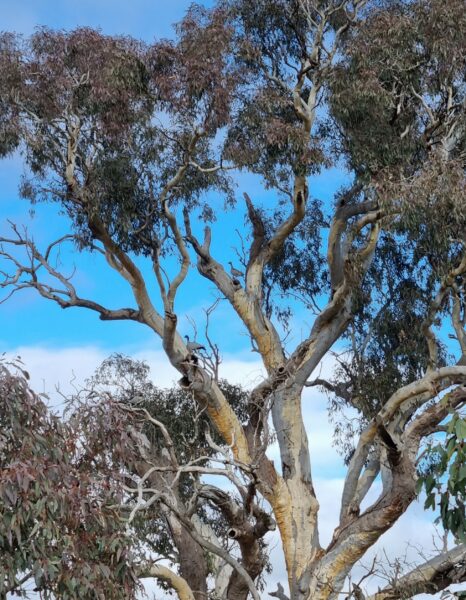
Australian Wood Duck (Chenonetta jubata) perched in a eucalyptus tree – these old large eucalypts with hollows are an important nesting site for laying their eggs.
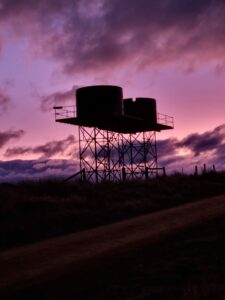
Water tanks at sunset.
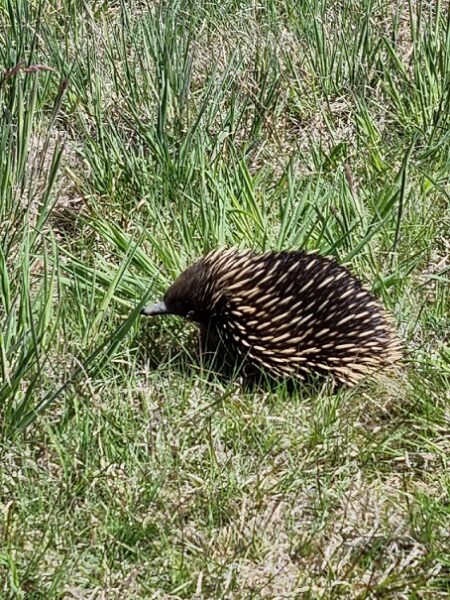
A Short-beaked Echidna (Tachyglossus aculeatus) at Ginninderra.
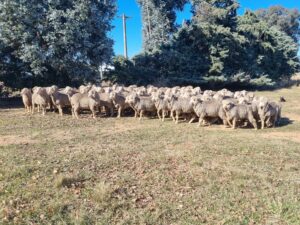
The sheep at Ginninderra are a mix of Merino and crossbred ewes and play a key role in the conservation management of the site.
